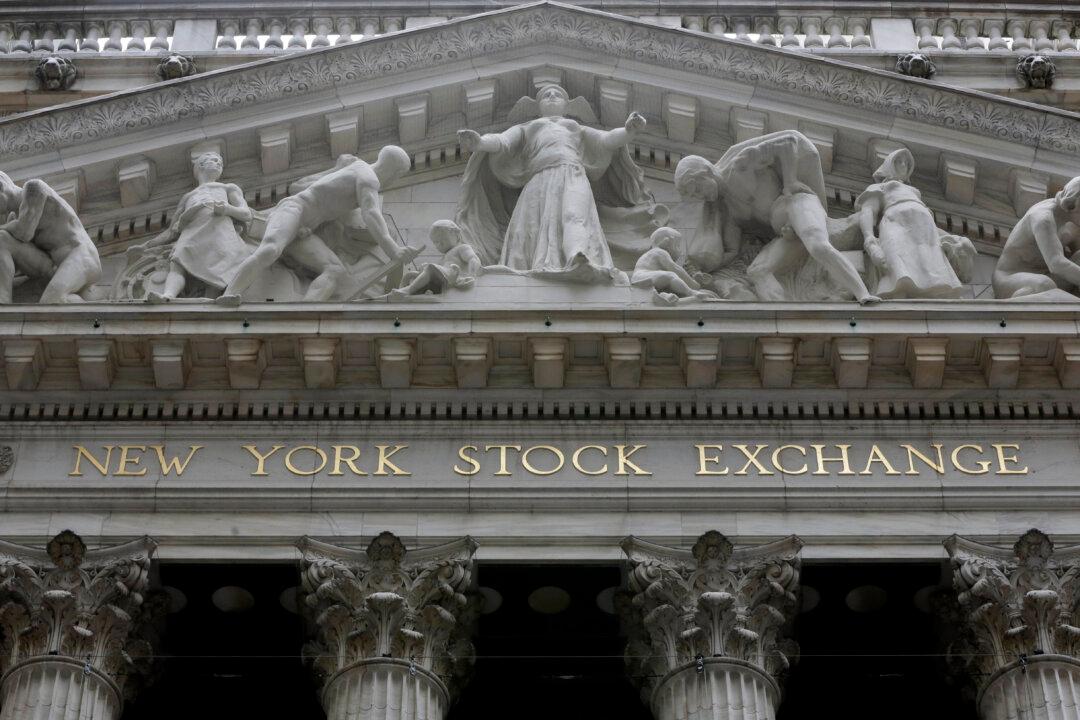Venture capital (VC) exits or successful conclusions of early stage investments, slowed down significantly in 2016, making this type of funding for startups less attractive.
In the first half of 2016, the number of investments sold by venture capitalists fell by 25 percent compared to last year, according to a report by research firm Pitchbook. This is the lowest level since 2011.

Source: Pitchbook





